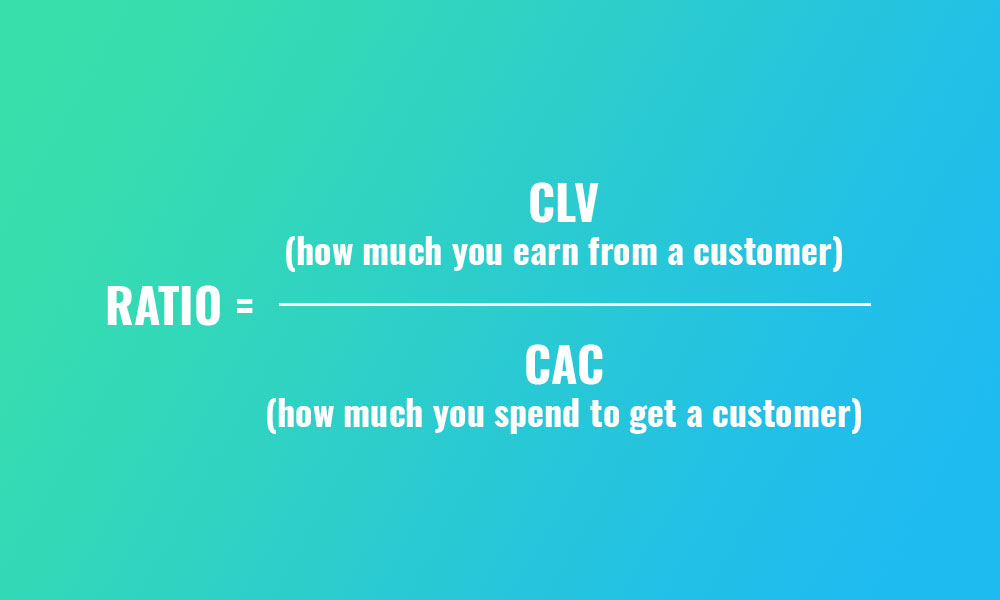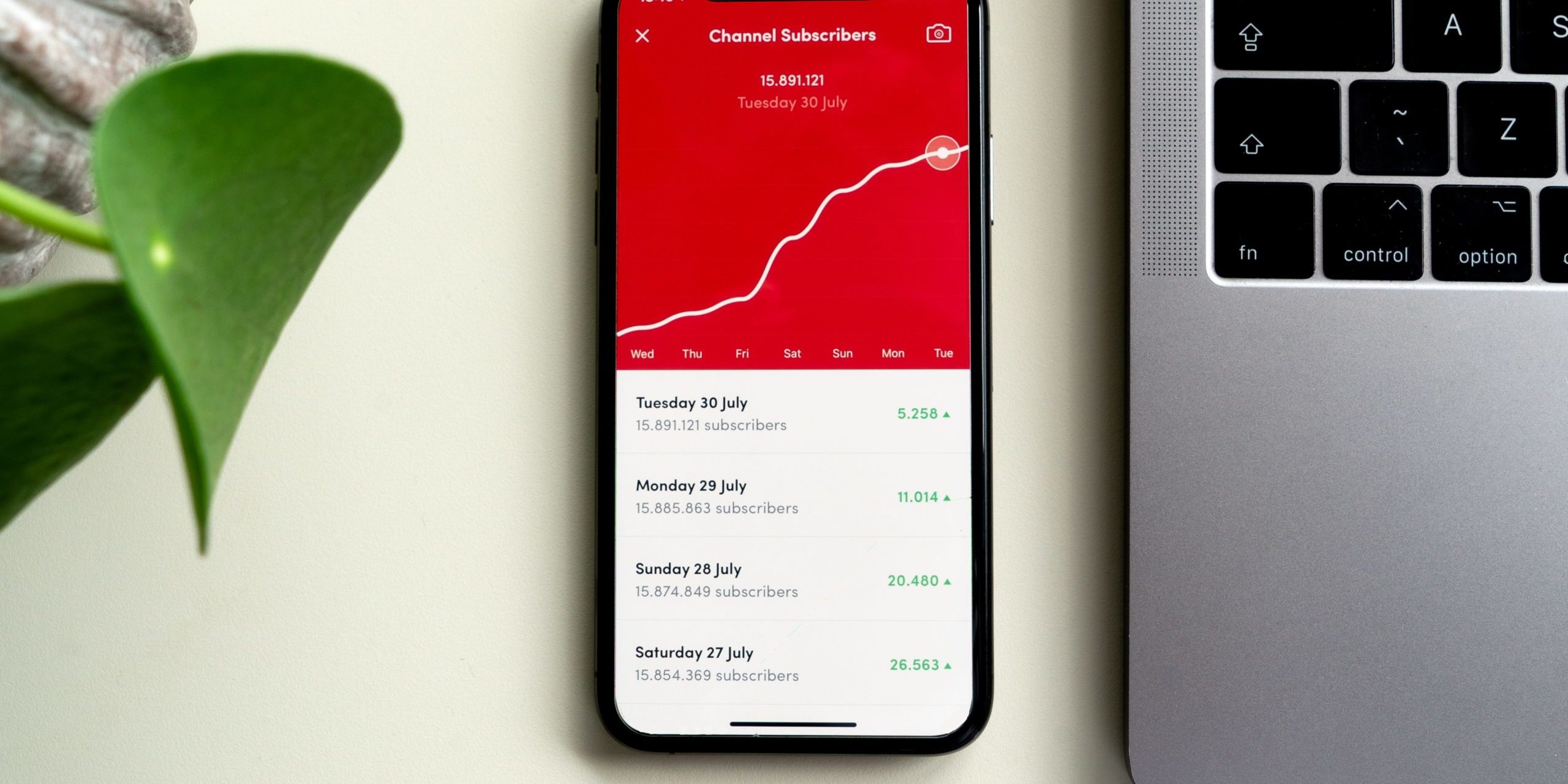If you had to choose one KPI on which to focus as a Marketer or a Growth Hacker, which one would it be? and why?
Nowadays Marketers and Growth hackers navigate in a sea of metrics, everything is tracked, turned into data, signals, insights, goals, etc. There’s so much to look at that you easily get lost to the point that it becomes meaningless.
Not all metrics are equally important
Of course, we can argue that all metrics are important and yes, in their little world they are. For example, no one should ignore the CTR of their digital ads or their on-site conversion rate. But there is one, or rather a combination of KPIs, that will make you heard by the CEO, the CFO and probably the entire board of directors: the CAC (customer acquisition cost) and CLV (customer lifetime value) ratio. Those three metrics are the very high level, business-relevant, KPIs that you should be focusing on if you want to get out of this cliché that marketing is “an investment you have to do, but with a value that can’t be proven”.

It’s very simple, by knowing your CAC you know how much you have to pay to acquire a customer. Knowing your CLV tells you how much this customer generates in revenue. The ratio between the two tells you if you’re doing a good job and the evolution of it indicates if you’re improving or not (= get more for less*).
Break your KPI down to know where to invest
Where it’s less simple is that you should be able to break down this KPI per channel, even per campaign, to get a full understanding of where you get the biggest bang for your bucks. It should be monitored at all times, to allow you to direct your investment towards the most efficient channels/campaigns in an agile way.
You can increase the difficulty by entering the beautiful world of marketing attribution and determine if multiple events or touch-points contributed to the customer conversion and then assign a fraction of the value to each of those “events”. A typical example of multiple touch-points would be a prospect seeing an ad on Facebook, then doing some research online, and arrive on your website via Organic Search, then converts. Both the ad and Organic have contributed and should be recognized but if you’re just getting started with CAC and CLV I would advise you to keep it simple at the beginning (single source attribution). You can always assess if it makes sense for you to develop a more complex model (fractional, probabilistic or algorithmic attribution) later.
The higher may not be the better
A word of caution though: having a high CLV:CAC ratio is not always good. It’s a question of balance. If you have 20:1 (means you get 20 CHF for 1 CHF invested) it can be great or it could be that by investing a bit more you would generate much more customers and the volume would justify the investment. As well if the customers have a high value for you, they have a high value for the competition. And if the competition starts investing more you could end up losing your customers, and the revenue they generate.
In a nutshell: make sure you know what your marketing investment brings as a return and you’ll have the top management ear and keep in mind that it’s all about the balance.
*a note about “more for less”: it’s not only internal factors like you being smarter at targeting the right people that influence the ratio. If the market degrades or competition emerges, it will get harder to acquire new customers. The ratio only tells you how well you do overall, including all influencing factors, external and internal. You will have to get deeper into the data to find what factors are influencing it. No KPI is perfect, this one gives you simplicity and a direct connection to the business, but it doesn’t give you many answers.
